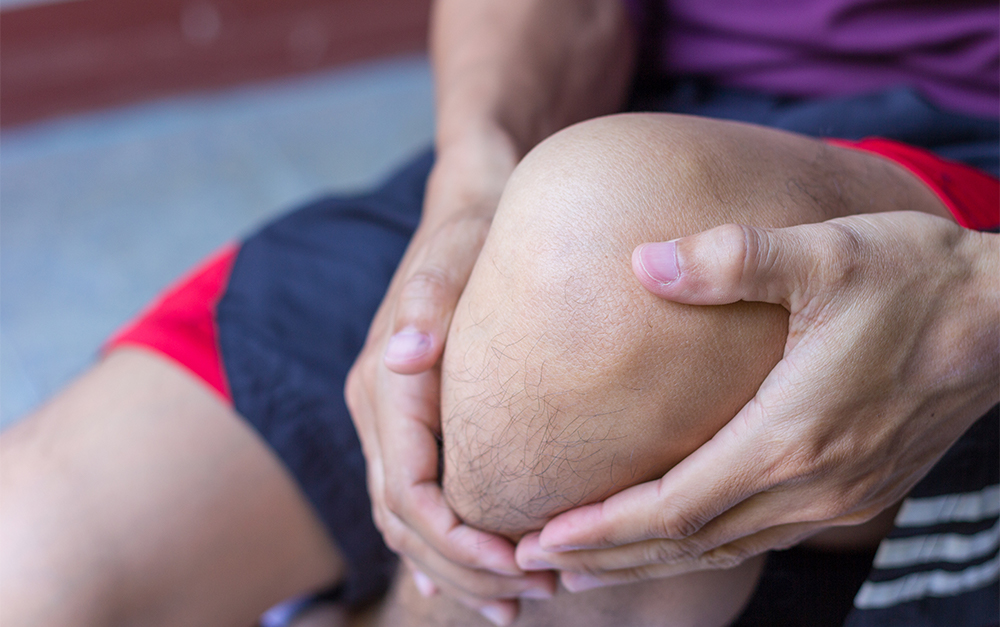Your knees are subject to a lifetime of repetitive bending, lifting and pushing that can leave them worn out. The stress of these motions causes the knee cartilage – the smooth cushioning tissue that serves as a shock absorber between your bones – to wear thin and become rough and bumpy. The severe form of this condition is known as osteoarthritis (OA). When the cartilage in your knees deteriorates you lose this lubricant that allows the surface of the bones to glide. The joint space between the bones in your knees narrows and as a result, you are left with bone rubbing on bone.
Osteoarthritis that causes wear and tear condition of your joint affects 23 million, nationwide, and according to the Centers for Disease Control and Prevention will rise to 60 million by 2020. In comparison, “arthritis” the pre-osteoarthritis condition, affects more than 43 million Americans each year.
Many people begin to feel the effects of thinning cartilage when they are in their 40s – stiff knees that ache when you walk, bend, sit or stand, and swelling with feeling warm to the touch. Over time, osteoarthritis in the knee can lead to decreased activity and an impaired lifestyle because of the resulting pain.
Assessing Your Condition
Understanding your treatment options and disease stage begins with an examination by an orthopedic specialist to evaluate decreased function, tenderness, and any swelling or deformities.
While there are three compartments to the knee, only one joint space is typically affected. A basic X-ray and an exam will allow the specialist to determine which knee compartments are affected and design a custom treatment plan.
Sometimes the wear and tear of OA may not respond to conservative treatments such as rest and ice, diet and exercise, physical therapy, walking aids or bracing, medications, or injections to decrease swelling and pain. About 20 percent of sufferers require surgery to repair the problem.
Minimally Invasive Partial Knee Replacements – An Alternative to Total Knee Replacements
Typically, surgical options have included arthroscopic surgery; a relatively minor procedure to repair minimally damaged cartilage, or total knee replacement. Now, orthopedic surgeons are using a minimally invasive surgical technique to perform partial knee replacements that conserve two-thirds of the knee when compared to a total knee replacement. This means a more natural feeling knee and shorter recovery for patients because the surgery is less invasive.
To find a doctor or schedule an appointment visit Steward DoctorFinder™ or call 1-800-488-5959.
To find a doctor or schedule an appointment, visit Steward DoctorFinder™.




